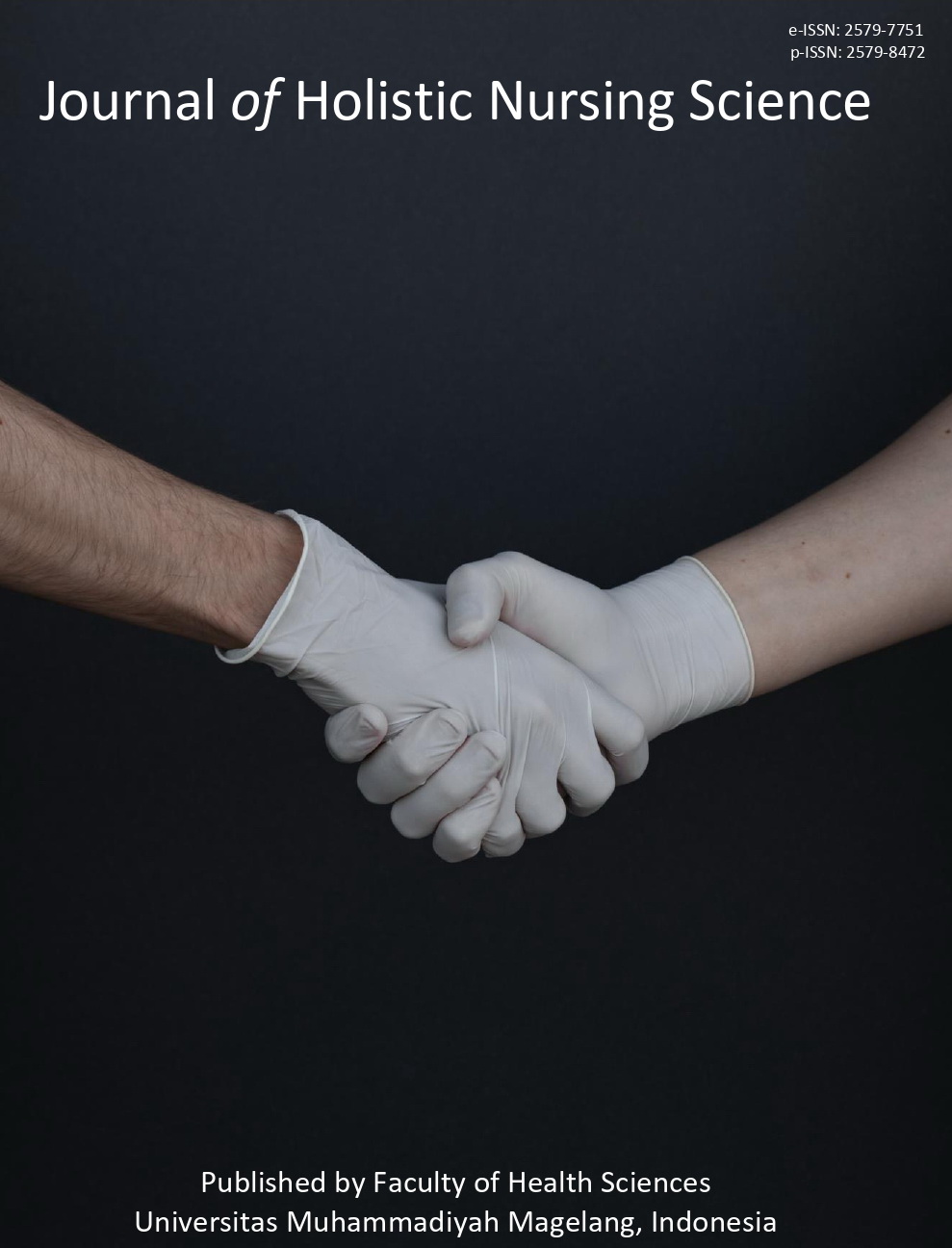Childhood post-traumatic stress disorder: A post-flood overview
Main Article Content
Abstract
Flood disasters bring a huge impact on human life, both physically and psychologically. Children are vulnerable groups who are at greater risk during and after a disaster. The most common psychological effect after a disaster is Post Traumatic Stress Disorder (PTSD). The purpose of this study was to detect early PTSD in children who were victims of the flood disaster. This research applied a quantitative design with a cross-sectional approach. A total of 61 child victims were included in the study. The research was conducted in Jeneponto Regency which is one of the worst flood locations in South Sulawesi in 2019. The instrument used is the PTSD Checklist for DSM-5 (PCL-5), which consists of 20 items of questions. The study shows that children who experience PTSD are equal to 39.3% and did not experience PTSD as much as 60,7%. The incidence of PTSD increases in children a month after the disaster by experiencing symptoms of re-experiencing, avoidance, negative alterations in mood cognition, and hyperarousal. Age, gender, and exposure are also at risk for developing PTSD in children. It is recommended that healthcare professionals provide immediate treatment to the child victims.
Keywords: flood; post-traumatic stress disorder;pediatric nursing; disaster management; nursing care
Downloads
Article Details

This work is licensed under a Creative Commons Attribution 4.0 International License.
Authors who publish their articles in JHNS retain full copyright of their work. JHNS does not require authors to transfer their copyright to the journal or Universitas Muhammadiyah Magelang as the publisher. The authors grant JHNS a license for the first publication.
